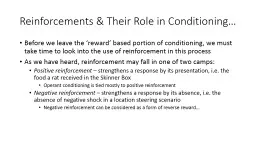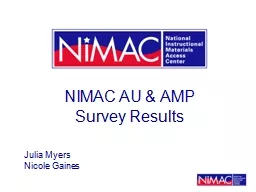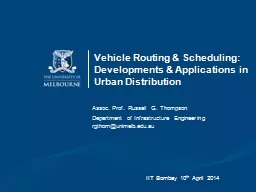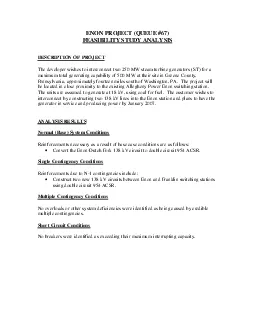PPT-Reinforcements &
Author : conchita-marotz | Published Date : 2017-06-07
Their Role in Conditioning Before we leave the reward based portion of conditioning we must take time to look into the use of reinforcement in this process As
Presentation Embed Code
Download Presentation
Download Presentation The PPT/PDF document "Reinforcements &" is the property of its rightful owner. Permission is granted to download and print the materials on this website for personal, non-commercial use only, and to display it on your personal computer provided you do not modify the materials and that you retain all copyright notices contained in the materials. By downloading content from our website, you accept the terms of this agreement.
Reinforcements &: Transcript
Download Rules Of Document
"Reinforcements &"The content belongs to its owner. You may download and print it for personal use, without modification, and keep all copyright notices. By downloading, you agree to these terms.
Related Documents













![[EPUB] - Intermediate Accounting 1: a QuickStudy Laminated Reference Guide (Quickstudy](https://thumbs.docslides.com/901987/epub-intermediate-accounting-1-a-quickstudy-laminated-reference-guide-quickstudy-reference-guide.jpg)
![[DOWNLOAD] - 175+ Things to Do Before You Graduate College: Your Bucket List for the](https://thumbs.docslides.com/907088/download-175-things-to-do-before-you-graduate-college-your-bucket-list-for-the-ultimate-college-experience.jpg)